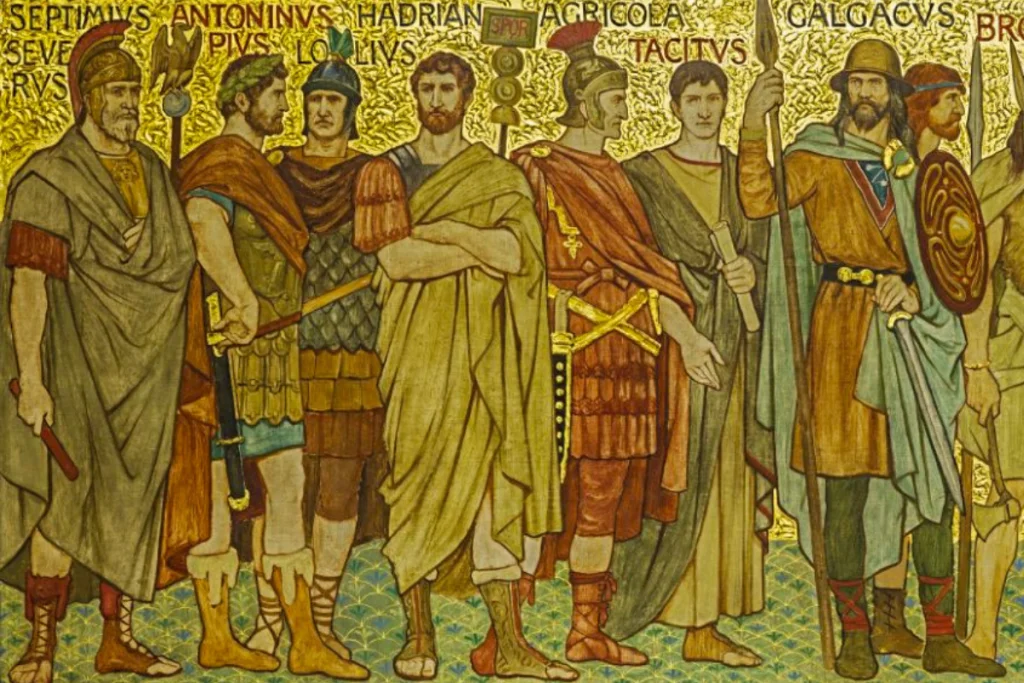
The 5 good emperors of Rome—Nerva, Trajan, Hadrian, Antoninus Pius, and Marcus Aurelius—presided over a period of unprecedented stability, prosperity, and cultural flourishing in the Roman Empire.
Their reigns, spanning from 96 CE to 180 CE, marked a golden age in Roman history, a time when the empire reached its greatest territorial extent and enjoyed a level of peace and prosperity that was unmatched in its long and turbulent history.
The Roman Empire, which had its humble beginnings in the city-state of Rome, grew to become one of the largest and most powerful empires the world has ever seen.
At its height, it stretched from Britain in the west to the borders of Persia in the east, encompassing a vast array of cultures, languages, and peoples.
The empire was held together by a complex system of government, law, and military might, but it was the quality of its leadership that ultimately determined its fate.
The 5 Good Emperors stand out as shining examples of what enlightened leadership could achieve.
They were not perfect, but they were far better than many of the emperors who came before and after them.
Also, they understood that the strength of the empire depended not just on its armies and its wealth, but on the well-being and loyalty of its people.
Finally, they worked tirelessly to improve the lives of their subjects, to create a more just and equitable society, and to preserve the best of Roman culture and learning for future generations.
In this article, we will explore the lives and achievements of each of the 5 Good Emperors and examine the reasons why their reigns are considered a golden age in Roman history.
We will look at the challenges they faced, the reforms they implemented, and the legacies they left behind.
Through their stories, we will gain a deeper understanding of what made the Roman Empire great, and what lessons we can learn from its rise and eventual fall.
The 5 Good Emperors of Rome Listed
Our exploration of the 5 Good Emperors begins with Nerva, the first on our list.
Nerva’s short but significant reign from 96 to 98 CE marked the beginning of a new era in Roman history, as he set the stage for the succession of the four emperors who would follow in his footsteps and usher in a golden age of peace, prosperity, and stability.
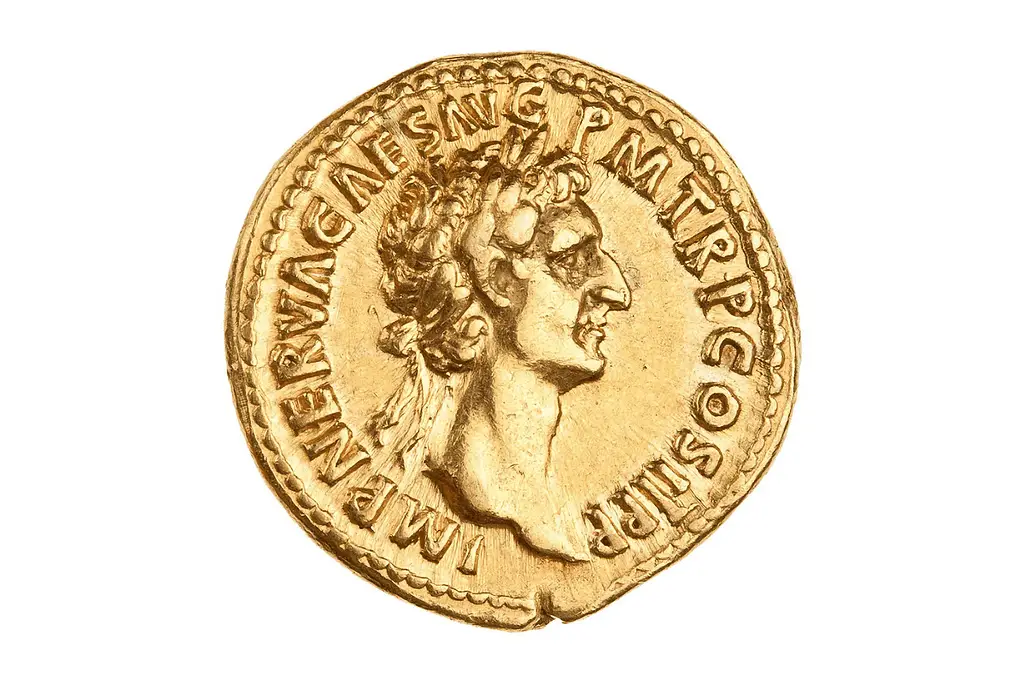
1. Nerva (96-98 AD)
Nerva, the first of the 5 good emperors of Rome, took charge in 96 CE after the cruel Emperor Domitian was assassinated.
He came from a rich family and had already worked as a successful lawyer and politician.
Though he only ruled for 16 months, Nerva made important changes.
He stopped the mistreatment of Jews and Christians, brought back people who had been unfairly sent away, and kept the Praetorian Guard under control.
Nerva also helped the poor by giving them land, building public works, and setting up a fund for orphans.
To make sure his good work would continue, Nerva wisely adopted the well-respected general and governor Trajan as his successor.
This set an example for the other emperors of the 5 good emperors of Rome to follow.
Trajan turned out to be one of the most loved and successful emperors in Roman history.
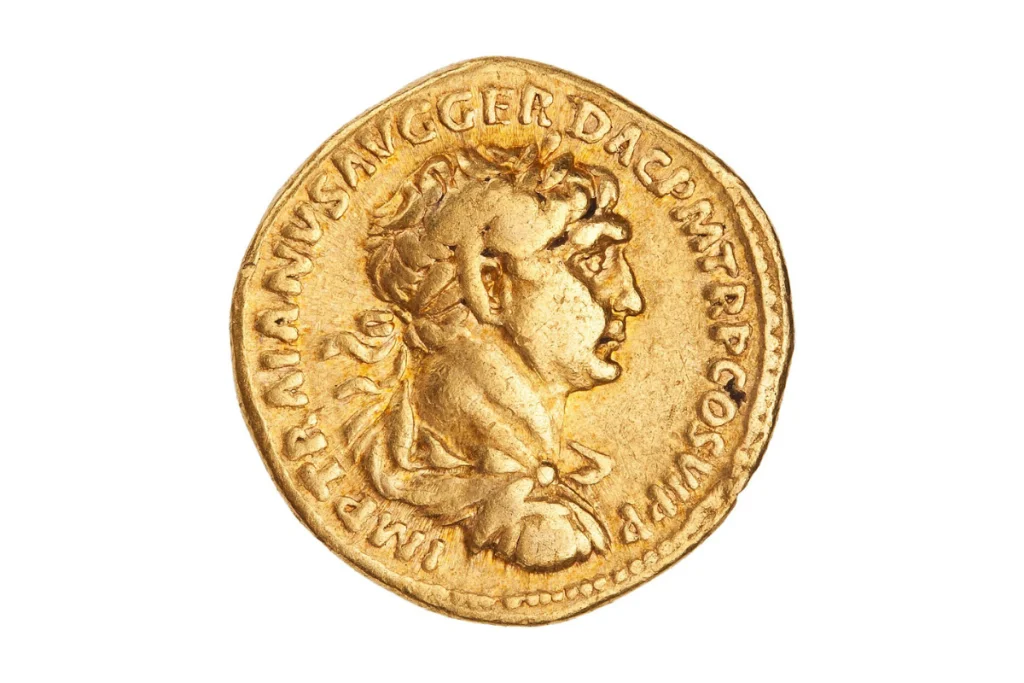
2. Trajan (98-117 AD)
Trajan, the second of the 5 good emperors of Rome, was known for his impressive military victories and expansion of the empire.
He conquered Dacia (modern-day Romania) and parts of the Middle East, including Armenia and Mesopotamia. Trajan didn’t just focus on military might, though.
He also launched major public works and infrastructure projects. These included building roads, bridges, aqueducts, and the famous Trajan’s Forum in Rome.
He even created a special fund to help poor children.
Because of his military success, good works, and fair rule, Trajan earned the title “Optimus Princeps,” which means “the best ruler.”
He was so highly regarded that even long after his reign, new emperors hoped to be called “more fortunate than Augustus and better than Trajan.”
His legacy as one of the 5 good emperors of Rome endures to this day.

3. Hadrian (117-138 AD)
Hadrian, the third of the 5 good emperors of Rome, took a different approach than his predecessor, Trajan.
Instead of expanding the empire through conquest, Hadrian focused on strengthening Rome’s defenses.
He built fortifications along the empire’s borders, including the famous Hadrian’s Wall in Britain.
Hadrian was also a great supporter of art and culture.
He sponsored poets, artists, and architects, and even wrote poetry himself.
His love for Greek culture earned him the nickname “Graeculus,” meaning “little Greek.”
Hadrian’s architectural achievements are some of the most impressive in Roman history.
In addition to Hadrian’s Wall, he rebuilt the Pantheon in Rome and constructed his own grand villa in Tivoli.
He also traveled extensively throughout the empire, personally overseeing projects and addressing the needs of the provinces.
As one of the 5 good emperors of Rome, Hadrian’s legacy is one of cultural enrichment, architectural glory, and a stronger, more secure empire.
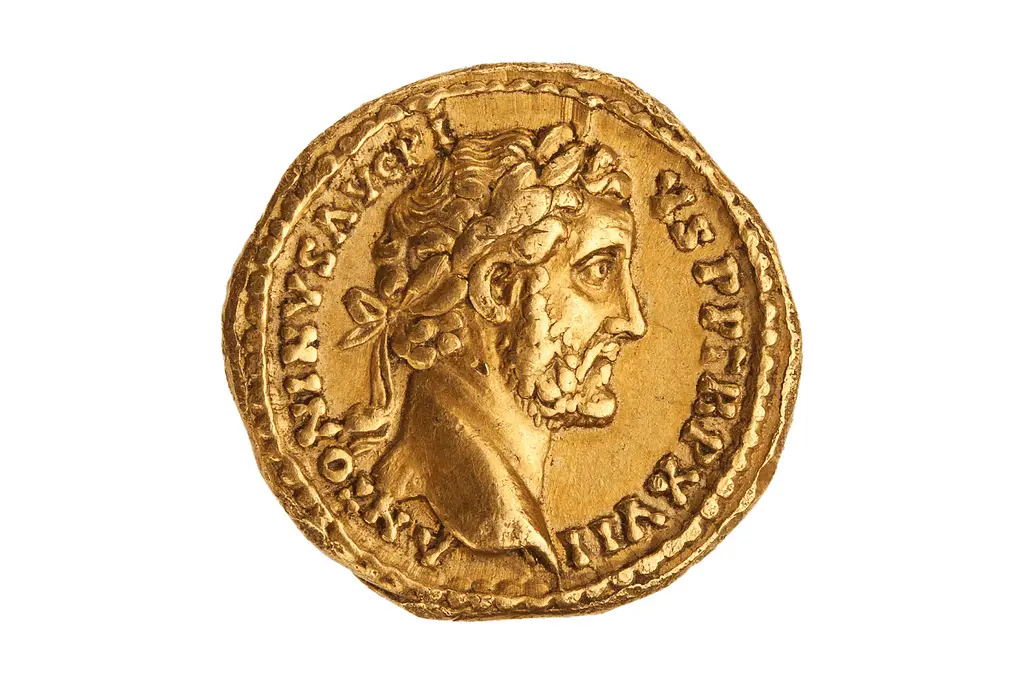
4. Antoninus Pius (138-161 AD)
Antoninus Pius, the fourth of the 5 good emperors of Rome, ruled during a time of peace and prosperity.
He maintained good relations with the Senate and avoided unnecessary wars, focusing instead on defending the empire’s borders.
Antoninus was known for his religious tolerance, allowing people to practice their beliefs freely.
He also made important legal reforms, ensuring fair treatment for all Roman citizens. Education and philosophy thrived under his rule.
Antoninus supported scholars and philosophers, and even founded schools to promote learning.
He was a generous patron of the arts, commissioning beautiful public works and buildings throughout the empire.
Despite his quiet and humble nature, Antoninus was deeply respected by his people.
His reign was marked by stability, justice, and intellectual growth, cementing his place among the 5 good emperors of Rome.
When he died in 161 CE, he was succeeded by his adopted son, Marcus Aurelius, who would continue his legacy of wise and benevolent leadership.
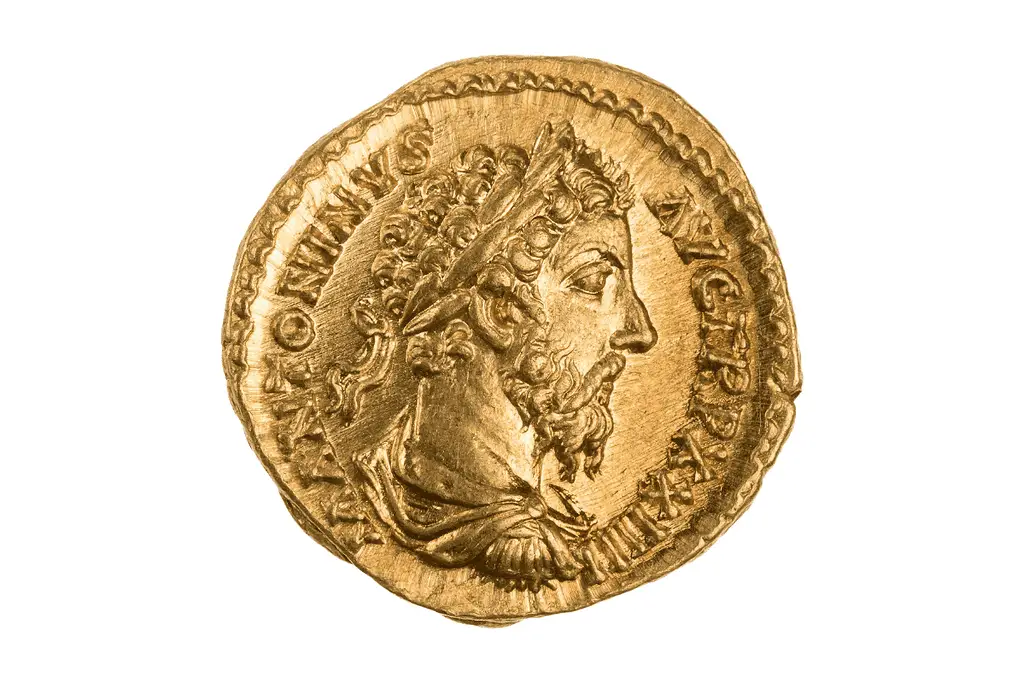
5. Marcus Aurelius (161-180 AD)
Marcus Aurelius, the last of the 5 good emperors of Rome, was known as the “Philosopher King” for his Stoic teachings.
He believed in living a life of virtue, reason, and self-discipline, and his thoughts on these subjects were collected in his famous book, “Meditations.”
Despite his philosophical nature, Marcus Aurelius was also a skilled military leader.
He spent much of his reign defending the empire against invasions, particularly during the Marcomannic Wars along the northern frontier.
Through his strategic leadership and perseverance, he managed to protect Rome’s borders and maintain its stability.
In addition to his military victories, Marcus Aurelius is remembered for his wise and compassionate rule.
He valued justice, fairness, and the well-being of his people above all else.
His “Meditations” remain a timeless source of guidance and inspiration, not just for the 5 good emperors of Rome, but for people throughout history.
Although Marcus Aurelius’ reign was marked by challenges, his unwavering commitment to his principles and his people ensured that he would be remembered as one of the greatest emperors of Rome.
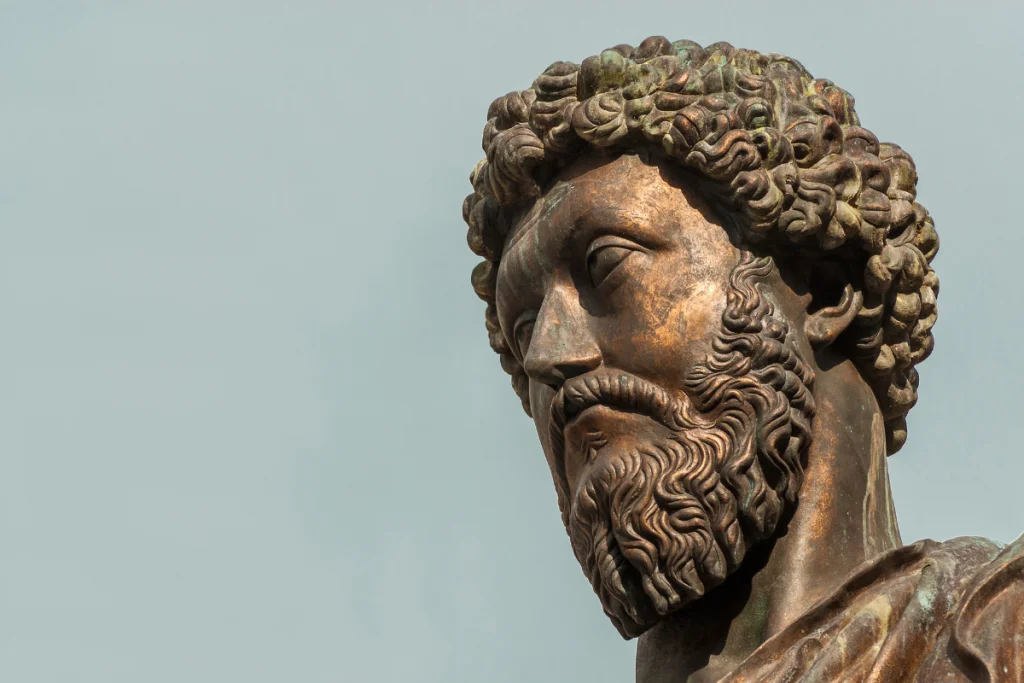
The Legacy of the 5 Good Emperors
The legacy of the 5 Good Emperors – Nerva, Trajan, Hadrian, Antoninus Pius, and Marcus Aurelius – is one of stability, prosperity, and enduring influence.
During their combined reigns, which lasted from 96 CE to 180 CE, the Roman Empire experienced a period of relative peace, economic growth, and cultural flourishing.
These emperors prioritized the well-being of their people, implementing reforms that promoted justice, tolerance, and social welfare.
They invested in public works, infrastructure projects, and patronage of the arts, leaving behind a wealth of architectural and cultural treasures.
Their wise and benevolent leadership style set a standard for future Roman emperors to aspire to, even if few would ultimately live up to their example.
The impact of the 5 Good Emperors extends far beyond their own time, shaping the course of Western civilization for centuries to come.
Their emphasis on reason, virtue, and good governance inspired future generations of leaders and thinkers, from the Renaissance humanists to the Founding Fathers of the United States.
The Stoic philosophy of Marcus Aurelius, in particular, has had a profound and lasting influence, offering timeless wisdom on how to live a meaningful and fulfilling life in the face of adversity.
The achievements of these emperors in the fields of law, administration, and public welfare laid the foundation for modern systems of government and social organization.
Their legacy serves as a reminder of the potential for enlightened leadership to create a better world and continues to inspire and guide us to this day.
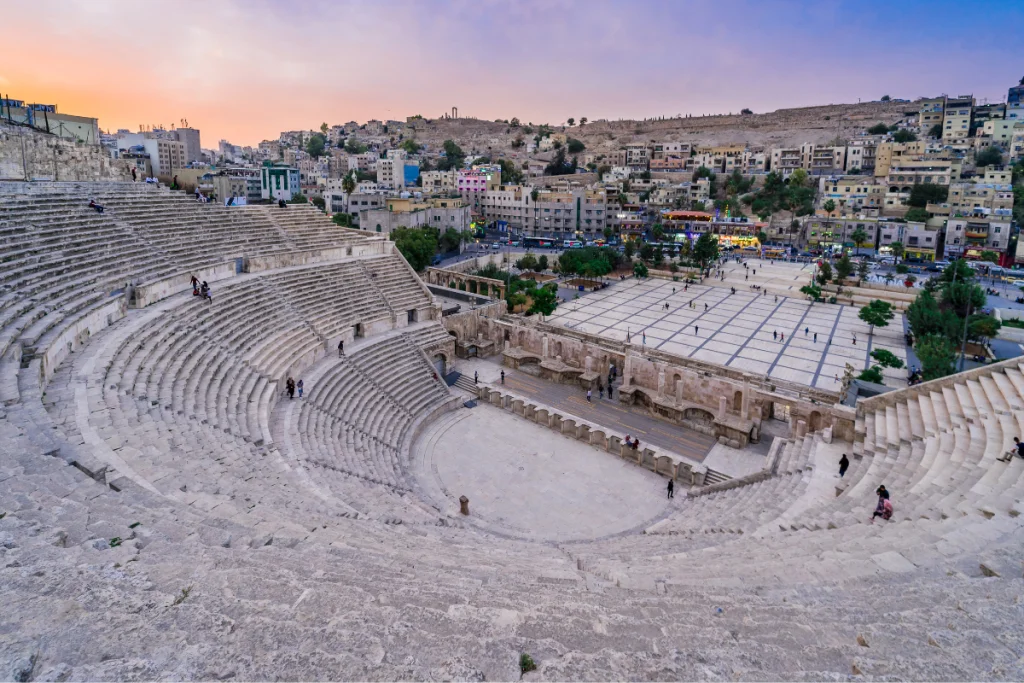
Wrap-up: the 5 Good Emperors of Rome
In this exploration of the 5 Good Emperors of Rome – Nerva, Trajan, Hadrian, Antoninus Pius, and Marcus Aurelius – we have seen how their individual achievements and collective legacy left an indelible mark on Roman history and Western civilization as a whole.
From Nerva’s reforms and Trajan’s military conquests to Hadrian’s cultural patronage, Antoninus Pius’ peaceful reign, and Marcus Aurelius’ philosophical wisdom, each emperor contributed to a golden age of stability, prosperity, and enlightened governance.
The example set by these rulers serves as a powerful reminder of the importance of good leadership and the profound impact it can have on the lives of people and the course of history.
The 5 Good Emperors demonstrated that when those in power prioritize justice, compassion, and the well-being of their citizens, society as a whole can flourish.
Their commitment to public works, education, and cultural enrichment laid the foundation for a strong and vibrant empire, while their reforms and legal innovations helped to create a more equitable and just society.
As we reflect on the enduring lessons of this golden age of Roman history, we are reminded of the timeless values that these emperors embodied: integrity, wisdom, empathy, and a dedication to the greater good.
In a world that often seems chaotic and uncertain, their legacy serves as a beacon of hope and a call to action for all those who aspire to make a positive difference in the world.
By studying their lives and the principles they upheld, we can draw inspiration and guidance for our own endeavors, both personal and political.
The 5 Good Emperors may have ruled nearly two millennia ago, but their impact continues to resonate through the ages, reminding us of the enduring power of good leadership to shape the course of history and the destiny of nations.
For more content on other great Roman leaders of antiquity, check out my post 7 Powerful Emperors Who Ruled the Roman Empire!

FAQs: the 5 Good Emperors of Rome
Hadrian, the third of the 5 Good Emperors, was renowned for his extensive travels throughout the Roman Empire.
Unlike many of his predecessors, Hadrian spent a significant portion of his reign outside of Rome, visiting nearly every province under his rule.
His journeys took him from Britain to Egypt, from Greece to Judea, and many places in between.
Hadrian’s travels allowed him to personally oversee military operations, inspect border defenses, and engage in diplomatic relations with local leaders.
He also used these trips to indulge his passion for architecture, commissioning numerous building projects across the empire, such as the Pantheon in Rome and his magnificent villa in Tivoli.
Hadrian’s hands-on approach to governance and his dedication to improving infrastructure and military defenses throughout the empire made him one of the most active and influential emperors of his time.
Trajan, the second of the 5 Good Emperors, holds the distinction of being the first Roman emperor born outside of Italy.
He was born in the year 53 CE in the city of Italica, located in the Roman province of Hispania Baetica, which is now modern-day Spain.
Trajan’s family had deep roots in Italica, with his father serving as a senator and his ancestors having been granted Roman citizenship.
His rise to power marked a significant shift in Roman politics, as it demonstrated that one did not need to be born in Rome or Italy to ascend to the highest office in the empire.
Trajan’s ascension set a precedent for a more inclusive and meritocratic system of governance, paving the way for future emperors from diverse backgrounds.
His success as an emperor, combined with his Spanish origin, served as a powerful symbol of the unity and strength of the Roman Empire.
Trajan, the second of the 5 Good Emperors, is credited with establishing the “alimenta” program, a welfare initiative aimed at supporting orphans and underprivileged children throughout the Roman Empire.
Implemented in the early 2nd century CE, the program provided monthly subsidies to boys and girls from poor families, ensuring they received adequate food, clothing, and education.
The funds for the program were raised through a combination of public funds and private donations from wealthy individuals.
Trajan’s motivations for creating the alimenta program were likely a mixture of genuine concern for the well-being of his subjects and a desire to promote population growth and stability within the empire.
By investing in the health and education of the next generation, Trajan sought to create a stronger, more prosperous society.
The alimenta program was a groundbreaking social welfare initiative that demonstrated Trajan’s commitment to the principles of good governance and his dedication to improving the lives of his people.
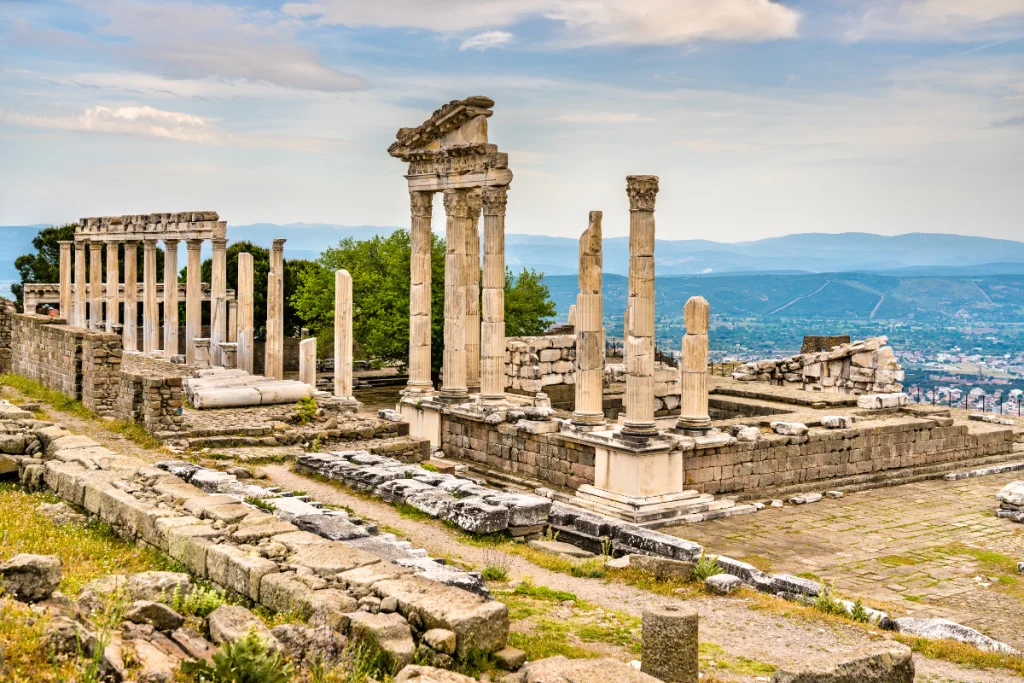
Resources: the 5 Good Emperors of Rome
For readers eager to delve deeper into the fascinating lives and times of the 5 Good Emperors of Rome, the following resources offer a wealth of insights, perspectives, and scholarly analysis:
- “The Histories” by Tacitus – This classic work by the Roman historian Tacitus covers the reigns of Nerva and Trajan, providing valuable insights into the political and social climate of the early 2nd century CE. Check in out on Amazon —> https://amzn.to/3IXV0b0
- “Meditations” by Marcus Aurelius – This collection of personal writings by Marcus Aurelius offers a fascinating glimpse into the mind of the “Philosopher King” and the Stoic principles that guided his rule. Check in out on Amazon —> https://amzn.to/49c9AX7
- “Ten Caesars: Roman Emperors from Augustus to Constantine” by Barry Strauss – This engaging and accessible book offers a captivating overview of ten of the most influential Roman emperors, including the 5 Good Emperors. Check in out on Amazon —> https://amzn.to/3IV6MCX
References: the 5 Good Emperors of Rome
“Antoninus Pius | Roman Emperor.” Encyclopedia Britannica, www.britannica.com/biography/Antoninus-Pius.
“Emperor Hadrian.” English Heritage, www.english-heritage.org.uk/visit/places/hadrians-wall/hadrians-wall-history-and-stories/hadrian/.
“Five Good Emperors | Summary, Accomplishments, History, & Facts.” Encyclopedia Britannica, www.britannica.com/topic/Five-Good-Emperors.
Kamtekar, Rachana. “Marcus Aurelius.” Stanford Encyclopedia of Philosophy, Metaphysics Research Lab, Stanford University, 2018, plato.stanford.edu/entries/marcus-aurelius/.
Percy, John, and Antony Spawforth. “Alimenta.” Oxford Research Encyclopedia of Classics, 22 Dec. 2015, https://doi.org/10.1093/acrefore/9780199381135.013.310. Accessed 28 Mar. 2024.
“The Roman Empire: In the First Century. The Roman Empire. Emperors. Nerva & Trajan | PBS.” Pbs.org, 2020, www.pbs.org/empires/romans/empire/nerva_trajan.html.
Wasson, Donald. “Nerva.” World History Encyclopedia, 17 Apr. 2013, www.worldhistory.org/Nerva/.
—. “Trajan.” World History Encyclopedia, 25 May 2013, www.worldhistory.org/trajan/.
